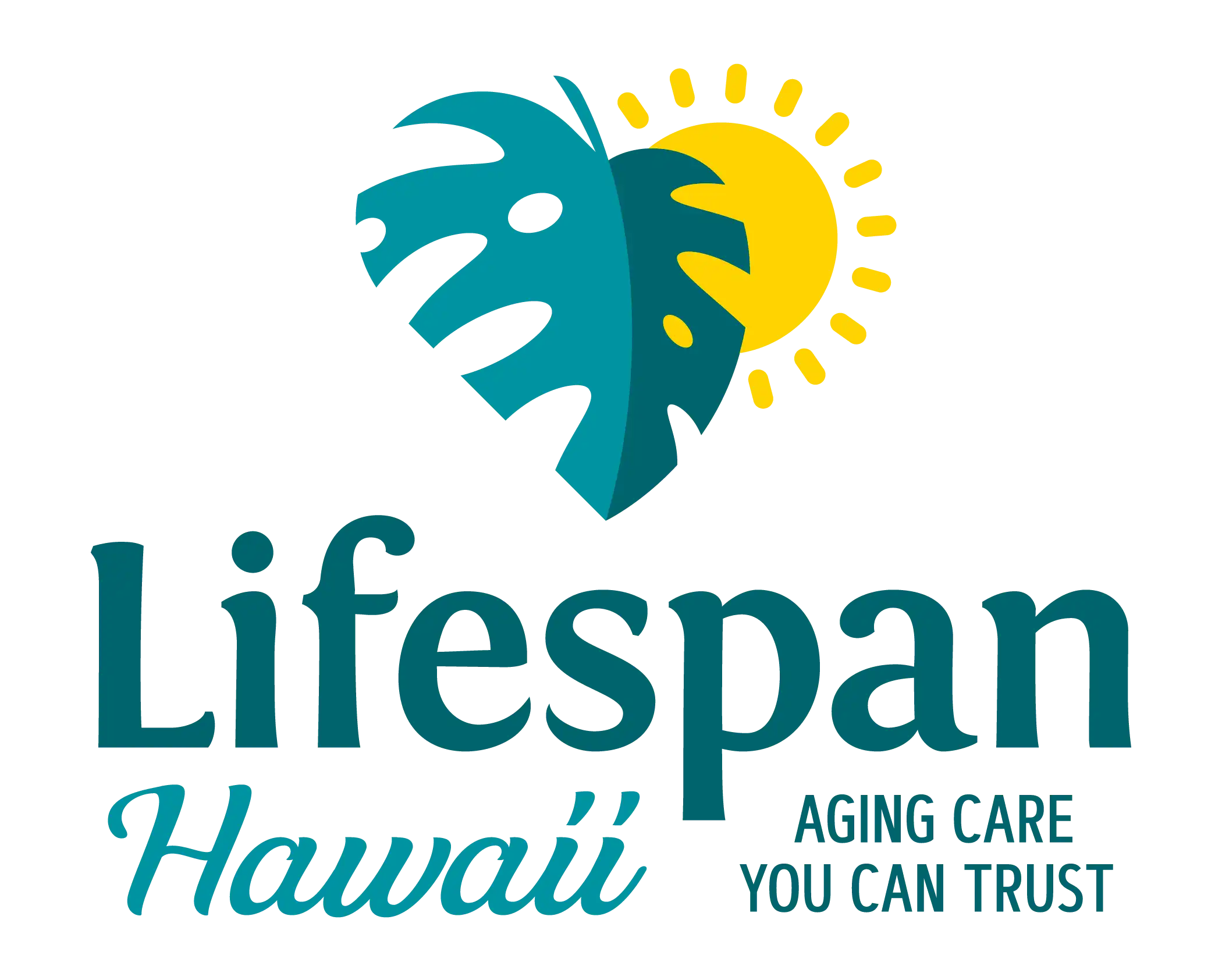REPORT: Hawai‘i No. 2 Healthiest State in Nation
 According to United Health Foundation’s America’s Health Rankings Annual Report for 2017, Hawai‘i lost its No. 1 ranking as the healthiest state to Massachusetts.
According to United Health Foundation’s America’s Health Rankings Annual Report for 2017, Hawai‘i lost its No. 1 ranking as the healthiest state to Massachusetts.
The East Coast state is the healthiest state in 2017 for the first time, followed by Hawai‘i, Vermont, Utah and Connecticut.
Hawai‘i ranks third for senior health and seventh for the health of women and children.
Hawai‘i’s strengths include low percentages of uninsured population, prevalence of obesity and preventable hospitalization rate.
Hawai‘i’s challenges include a high prevalence of excessive drinking, a high incidence of Salmonella and low Tdap immunization coverage among adolescents
Hawai‘i Health Highlights
- In the past seven years, premature death decreased 6% from 6,391 to 6,031 years lost before age 75 per 100,000 population
- In the past three years, cardiovascular deaths increased 6% from 199.1 to 210.7 deaths per 100,000 population
- In the past five years, the percentage uninsured decreased 51% from 7.8% to 3.8% of the population
- In the past three years, violent crime increased 29% from 239 to 309 offenses per 100,000 population
- In the past two years, children in poverty decreased 31% from 16.9% to 11.6% of children
Nationwide, 2017 showed rising rates of premature death and continued unevenness in the country’s concentration of healthcare providers.
The nation’s drug death rate is at its highest level in the 28-year history of the America’s Health Rankings Annual Report.
America’s Health Rankings Annual Report provides a holistic view of the health of the nation and of each state by analyzing 35 measures of behaviors, community and environment, policy, clinical care and outcomes data.
The first-ever examination of the nation’s concentration of mental health providers reveals wide variation.
This year’s report revealed increases in premature deaths, drug deaths and cardiovascular deaths.
The report finds increases in the rates for three key mortality indicators.
- The premature death rate increased for the third year in a row. The rate increased by 3% from 2015. Premature death is defined as the years of potential life lost before age 75.
- In the past year, the rate of drug deaths continued an upward trend, increasing by 7% to its highest level ever as measured by this report.
- Cardiovascular deaths increased for the second consecutive year, with the rate among African Americans significantly higher than the rate among whites, Hispanic- and Asian-Americans, and Native Americans.
The report also showed that increases in key mortality indicators are being felt even in the nation’s healthiest states.
- In the past five years, some of the healthiest states by overall rank have experienced large increases in drug death rates, including New Hampshire (a 118% increase, with an additional 13-plus deaths per 100,000 people), Rhode Island (a 56% increase, with an additional 8-plus deaths per 100,000 people) and Massachusetts (a 69% increase, with an additional 8-plus deaths per 100,000 people).
- In the past five years, Utah (ranked as the fourth healthiest state) experienced one of the largest increases in the rate of cardiovascular deaths (10%, with additional 21-plus deaths per 100,000 people).
The wide variation in healthcare providers across the country may contribute to differences in overall health.
- The state with the highest concentration of mental healthcare providers, Massachusetts, has six times the number of mental healthcare providers than the state with the least amount, Alabama. Massachusetts has 547 care providers per 100,000 people vs. Alabama, which has 85 care providers per 100,000 people.
- There is also a significant variation in primary care physicians, with a nearly two-to-one ratio between the states with the highest and lowest concentrations. Rhode Island, Massachusetts, New York and Connecticut have more than 200 primary care physicians per 100,000 people, compared to fewer than 100 physicians per 100,000 people in Utah and Idaho.
- Similarly, the concentration of dentists varies by almost two to one across states. Massachusetts and New Jersey have more than 80 dentists per 100,000 people. Arkansas, Mississippi, Alabama and Delaware have fewer than 45 dentists per 100,000 people.
“This report serves as an important tool for health care professionals, policymakers and communities in their collaborative efforts to address these challenges, and help build healthier communities across the nation,” said Rhonda Randall, D.O., senior adviser to United Health Foundation, and chief medical officer, UnitedHealthcare Retiree Solutions. “This is a call to action for each of us to make changes in our own lifestyles that can help improve our overall health and well-being.”
Download Hawai‘i’s report here.
For more information, visit the Hawai‘ii State Health Department website.
Download the entire report here.
About America’s Health Rankings and the 28th Annual Report
America’s Health Rankings Annual Report is the longest-running annual assessment of the nation’s health on a state-by-state basis. For 28 years, the report has analyzed a comprehensive set of behaviors, community and environment, policy, clinical care and outcomes to provide a holistic view of the health of the nation.
The longevity of the report and wealth of credible data available for analysis provide a unique opportunity to track short- and long-term successes, and identify current and emerging challenges to the nation’s health.
For more information, visit www.AmericasHealthRankings.org.












